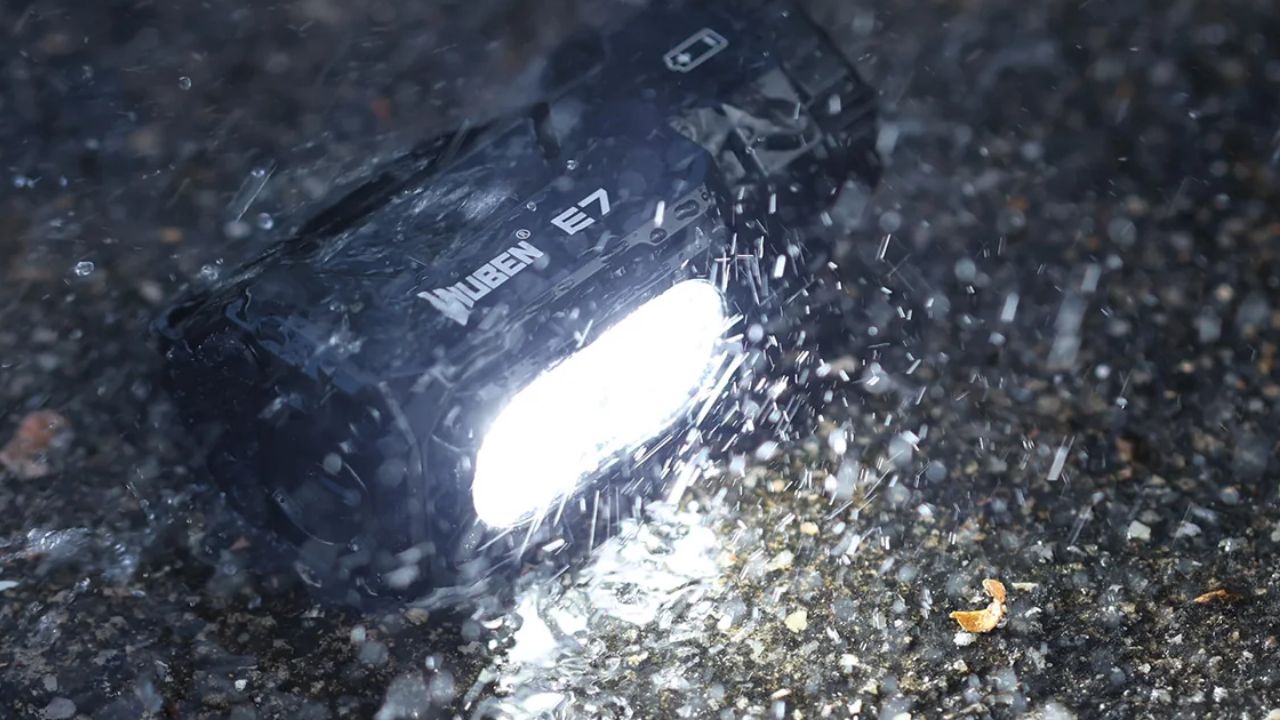Preparing to go camping requires that every single piece of equipment is approached with due care and attention. Amidst various equipment, the beacon is one to dispel the darkness, which yours, the flashlight, does.
Specifically for flashlights, the IP (Ingress Protection) is rather significant in terms of its ability to sustain various tougher tests thrown at it courtesy of nature. But does this rating really serve the need to determine the right camping flashlight?
The answer is woven through a detailed understanding of what IP ratings entail and their practical implications for outdoor activities.
What Does IP Rating Mean?
IP ratings consist of two digits that reveal the level of protection against solid objects (the first digit) and water (the second digit). These ratings are internationally recognized standards, providing a clear picture of the environmental resistance offered by electronic devices such as flashlights. For camping enthusiasts, the second digit, which corresponds to water resistance, holds particular significance. A flashlight's ability to resist water intrusion determines its robustness and reliability in diverse camping scenarios.
IP Ratings of Flashlights and Camping
In the wilderness, unpredictability rules. Torrential rains, river crossings, and damp conditions are common. A flashlight with an adequate IP rating shields against such uncertainties. Lower IP ratings like IPX4, which denotes protection from splashes, may suffice for light outdoor use. However, more adventurous camping settings demand superior protection, such as flashlights with IPX7 or even IPX8, which guarantee waterproof capabilities and immersion resistance.
Decoding the IP Ratings for Adventure Readiness
Understanding the numbers behind IP ratings is the first step to choosing the right camping flashlight. Here's a breakdown:
- IPX4: Adequate for light rain or splashing, providing you don't drop it in a puddle.
- IPX7: Can survive immersion in water up to 1 meter deep for 30 minutes, fitting for rainy conditions or accidental drops in streams.
- IPX8: The most robust rating, capable of withstanding prolonged submersion at deeper levels, which is ideal for challenging aquatic environments.
The Impact of Water Resistance on Camping Flashlights
Water resistance goes beyond mere protection from rain—it influences the core functionality and longevity of a flashlight in nature. A higher IP rating corresponds to added sealing and robust construction, often translating to enhanced impact resistance, too. Consequently, a high-IP-rated flashlight might survive falls and knocks that could damage lesser models.
Balancing Act: Water Resistance vs. Other Features
Selecting a camping flashlight solely based on the IP rating might lead to overlooking other essential features—light output, beam distance, battery life, and weight—each contributing to the effectiveness of a flashlight. Therefore, while a high IP rating denotes a well-protected flashlight, it must be balanced against the overall performance and usability to meet specific camping needs.
IP Rating's Role in Effortless Outdoor Adventure
The world of camping is diverse, encompassing serene stays at established campsites to embarking on rugged, off-trail backpacking. Your choice of illumination should resonate with your intended adventure. If the probability of water exposure is high, a flashlight with a high IP rating is not just a recommendation—it's a necessity.
For campers, the IP rating is not merely a number; it's a symbol of the assurance that darkness won't descend unexpectedly. It's a compass of confidence, navigating the adventurers through the inky blackness that nature cloaks itself in after sunset.
Conclusion
In conclusion, the IP rating significantly affects the functionality and adaptability of flashlights for camping. It is a beacon of resilience, illumination, and assurance. When choosing a camping flashlight, the IP rating must be factored into the equation, serving as a benchmark for water resistance and overall reliability. By doing so, you not only embrace a tool ready for the wettest of conditions but also a companion that ensures your path remains lit, regardless of how wet or wild your adventures may get.


